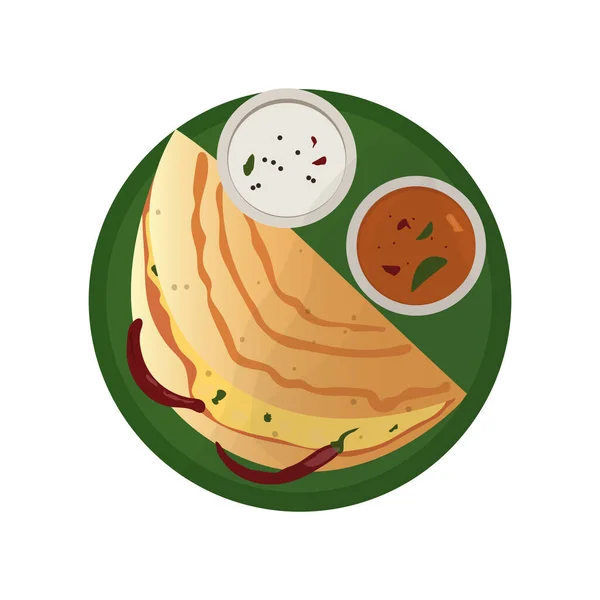I Have Butterflies in my Stomach (For Real)
June 10, 2019
In American culture, almost everyone is afraid of bugs. The smallest bug is cause for screaming and freaking out. Popular culture accepts and justifies this fear even though many of these bugs can not harm us and are minuscule compared to our size.
Bugs, however, serve many other purposes than to just scare us: bees pollinate flowers, worms help with decomposition and in many cultures insects also serve as a food source.
Eighty percent of the world’s population eats bugs and as many as two billion people in the world consume bugs as the main food source which is a practice known as entomophagy. The most common insects eaten are beetles, ants, butterflies, caterpillars, locust, grasshoppers, termites, and bees.
Did you know that there are actually close to two thousand different species of bugs that are edible? Many Americans are horrified by the thought of eating bugs. Why, though? How are they any different than eating fish or cows or any other animal?
Our culture has demonized bugs as something to be feared but, eating them could have nutritional benefits that Americans and nutritionists ignore.
Insects have been eaten in countries in Africa and Southern and East Asia for as long as humans have lived there and can be found in all types of food establishments today. From street food vendors to high class five star restaurants.
Insects are a great source of protein and hold very little fat in them, so they are actually healthier to eat than what American consider normal meat such as beef or pork. Insects can also provide essential Amino Acids that are not found in the majority of food which our bodies need to function properly and hold vital minerals.
Who knows, you might learn that you enjoy eating bugs. Ants have a sweet, nutty flavor and are crunchy, while the red maguey worms are spicy. If you’re nervous about the taste, don’t worry. Many insects are pan or deep fried and, as many chefs and Americans say, everything tastes better fried.
Another huge benefit of eating bugs is that insects are a much more stable and reliable food source. Raising insects to eat is more cost efficient as it takes less land and less food to produce more product than any other livestock.
This can help with many food shortage problems that we can expect with the growing global population and since raising insects is more efficient than raising livestock this nutritious, protein and vitamin rich would be cheaper and make it easier for low-income household to have a healthy diet and get all the nutrients they need.
In our society today, the only food lower class families can buy is unhealthy junk food or fast food. Just image instead of grabbing a bag of unhealthy sodium filled potato chips to snack on, families could reach for protein and nutritionally filled pan fried crickets, which are just as crunchy salty and delicious as potato chips.
These insects also do not carry zoonotic diseases that livestock can transmit to humans such as E. Coli, Salmonella and other devastating food diseases.
Mass producing and raising insects would also create an entirely new industry which in turn would create many new jobs and help improve our economy.
With all these benefits you start to wonder why haven’t we started to adopted insects into our diet? And the answer lies in our culture and our perceptions of insects. If we stop viewing insects as things to be scared of or grossed out by, we could improve our health, our economy and our society. But to reap these benefits we must change how we think. So, just eat one bug and see how your world changes.


















